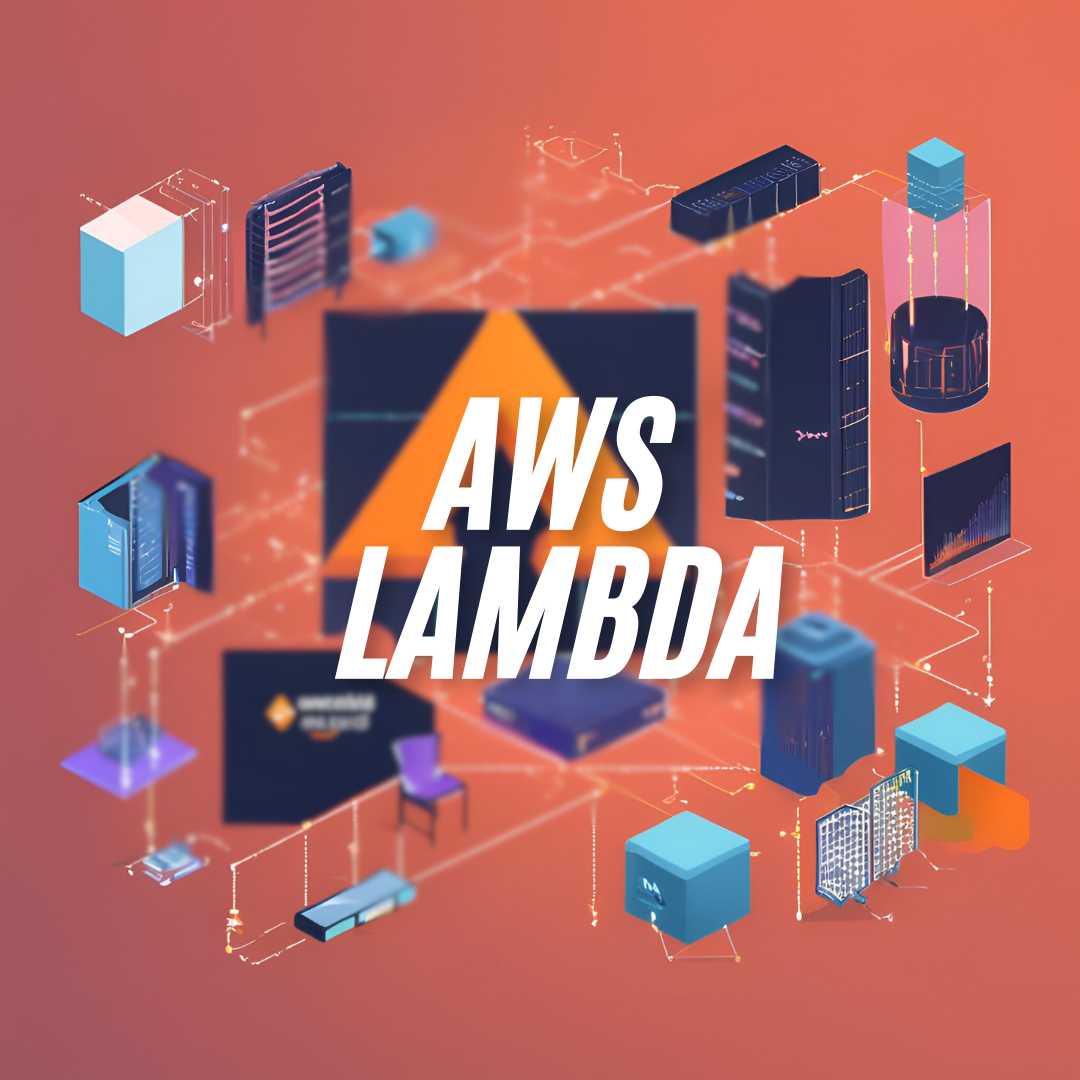Productivity
9 Essential Productivity Apps for Remote Teams
 Quest Lab Team
Quest Lab Team
Since the COVID-19 pandemic accelerated the shift toward remote and hybrid work, companies have increasingly relied on digital solutions to bridge geographical divides, enhance collaboration, and maintain productivity across dispersed teams. With the right set of tools, remote teams can achieve levels of efficiency and connectedness that rival traditional in-office environments.
Over the past decade, the landscape of productivity applications has transformed, adapting to the evolving demands of remote work and team collaboration. From video conferencing to project management platforms, today’s digital tools are designed with specific functionalities aimed at optimizing communication, task management, and resource sharing among remote teams. Here, we explore some of the most widely adopted productivity applications, examining their unique features, real-world impacts, and why they have become indispensable for modern remote teams.
1. Slack: Revolutionizing Remote Communication
Slack has positioned itself as the go-to communication tool for remote teams worldwide. Launched in 2013, Slack offers a chat-based environment where teams can organize conversations into channels, making it easy to keep discussions on track and accessible. With over 12 million active users, Slack is not only popular in tech startups but also among established enterprises looking to streamline internal communication.
Slack’s extensive integration capabilities allow it to seamlessly connect with other productivity tools like Google Drive, Zoom, and Trello, making it a versatile hub for team collaboration. Slack has also introduced features to support remote work needs, such as scheduled messages and customized notification settings, empowering users to stay in control of their work-life balance. Notably, Slack's huddles and video calling options have further enhanced its utility as a remote collaboration tool.
"Slack has reduced our reliance on emails and has made team communication smoother and more immediate."
2. Zoom: The Ubiquitous Video Conferencing Platform
No conversation about remote work tools is complete without mentioning Zoom. Known for its simplicity and reliability, Zoom became synonymous with video conferencing during the COVID-19 pandemic. In 2020, the platform's user base surged from 10 million daily participants to over 300 million, transforming Zoom into the definitive tool for remote meetings.
Zoom’s features include virtual backgrounds, breakout rooms, and advanced meeting controls, allowing teams to conduct everything from informal check-ins to large-scale webinars. Its user-friendly interface and cross-platform compatibility have helped Zoom maintain its popularity, even as other tech giants introduced competing products.
- Fun Fact: Zoom's popularity skyrocketed so much that it became a verb – 'Zooming' became the catchphrase for video conferencing.
3. Asana: Streamlining Project Management
Founded in 2008 by ex-Facebookers Dustin Moskovitz and Justin Rosenstein, Asana is a versatile project management tool that allows teams to organize tasks, track deadlines, and streamline workflows. Asana is known for its intuitive interface, which breaks down large projects into manageable tasks and visualizes progress through features like Kanban boards, Gantt charts, and project timelines.
Popular among small and large teams alike, Asana allows users to assign tasks, set priorities, and monitor deadlines, making it an invaluable tool for remote teams needing to manage projects without losing sight of the bigger picture. With over 93,000 paying customers, Asana has become a staple for teams looking to increase productivity and accountability.
"Asana has enabled our team to work asynchronously and still meet all project deadlines."
4. Trello: A Visual Approach to Task Management
Trello is a visually-oriented project management tool that uses a card and board system to organize tasks. Developed by Fog Creek Software in 2011 and later acquired by Atlassian, Trello allows users to create boards for each project and add cards to represent tasks. Its simplicity and flexibility have made Trello a popular choice for remote teams.
Trello integrates well with other productivity tools like Slack, Google Drive, and Jira, making it adaptable to various workflows. Whether for tracking individual to-do lists or managing complex projects, Trello provides a user-friendly platform that appeals to teams looking for straightforward task management.
5. Microsoft Teams: All-in-One Collaboration Platform
Microsoft Teams, part of the Microsoft 365 suite, has grown to over 270 million monthly active users as of 2023. Its integration with Microsoft Office tools like Word, Excel, and Outlook provides a unified platform where teams can chat, collaborate on documents, and hold virtual meetings.
Teams is especially popular among large organizations that already use Microsoft 365, as it seamlessly integrates with the suite’s productivity tools. Features like file storage, threaded conversations, and extensive security controls have made Teams a powerful choice for companies seeking an all-in-one collaboration tool.
Teams' Popularity in Corporate Environments
Microsoft Teams is widely regarded as a secure, reliable platform, used by 91 of the Fortune 100 companies.
- Enhanced security with enterprise-grade compliance
- Seamless integration with other Microsoft products
6. Google Workspace: A Suite for Seamless Collaboration
Google Workspace, formerly G Suite, includes a collection of cloud-based productivity tools such as Google Docs, Sheets, Slides, and Drive. Known for its real-time collaboration features, Google Workspace allows multiple team members to edit and comment on documents simultaneously.
With over six million paying customers, Google Workspace is favored by teams that prioritize ease of use and flexibility. The platform’s integrated approach to collaboration has helped remote teams stay connected and productive, regardless of time zone or location.
7. Notion: An All-in-One Workspace
Notion is a productivity tool that combines note-taking, task management, and database creation into a single platform. Known for its highly customizable interface, Notion allows users to create their own templates, making it adaptable to various team needs.
Remote teams use Notion for everything from project planning to creating shared knowledge bases. With its unique blend of versatility and collaboration features, Notion has quickly become a popular choice among startups and creative teams.
"Notion has allowed our team to create a centralized space for all project information, increasing transparency and accountability."
8. ClickUp: A Comprehensive Work Management Solution
ClickUp is a versatile work management tool that aims to replace multiple productivity apps by offering task management, time tracking, and collaboration features all in one platform. Since its launch in 2017, ClickUp has gained traction among remote teams for its adaptability and customizable interface, which can be configured to suit different workflows.
With features like Gantt charts, calendars, and integrated document sharing, ClickUp serves as an all-in-one productivity platform. It allows teams to manage everything from small tasks to large projects, all while providing extensive reporting and analytics capabilities to track progress. ClickUp's growth has been driven by its promise of eliminating the need for multiple tools, making it especially attractive for remote teams looking to consolidate resources.
"ClickUp has become the backbone of our project management, allowing our team to stay organized and productive."
9. Basecamp: Simplifying Project and Task Management
Basecamp has been a popular choice for project management since its launch in 2004, known for its straightforward design and ease of use. Remote teams appreciate Basecamp’s emphasis on simplicity, which allows users to organize projects into to-do lists, message boards, and document-sharing spaces without overwhelming them with unnecessary features.
Basecamp’s philosophy centers around promoting transparency and accountability, which is achieved through structured project spaces and the ability to assign tasks directly. Its reputation as a reliable and easy-to-adopt tool has made Basecamp a popular option for remote teams looking to enhance collaboration without a steep learning curve.
In summary, these productivity tools offer diverse features suited to different team needs. Choosing the right tool or combination of tools depends on your team's specific requirements and workflow. Whether it's seamless communication, efficient task management, or real-time collaboration, remote teams can thrive by leveraging the right digital resources.

Quest Lab Writer Team
This article was made live by Quest Lab Team of writers and expertise in field of searching and exploring
rich technological content on different sites and applications with impact on the user needs and on the modern world



